Gardening is a delicate balance of nurturing plants while managing the vast ecosystem that inhabits your outdoor space. Among the most significant players in this miniature world are insects—some beneficial allies that protect your garden, and others that seem determined to destroy your hard work. Understanding which bugs help and which harm your garden isn’t just fascinating; it’s essential knowledge that can save your plants without resorting to harmful chemicals. In this comprehensive guide, we’ll explore the insects every gardener should recognize, from the beneficial predators that keep pest populations in check to the destructive species that require vigilant management. By learning to identify these garden friends and foes, you’ll be better equipped to create a thriving, balanced garden ecosystem.
Ladybugs: The Spotted Garden Guardians

Perhaps the most beloved of all beneficial insects, ladybugs (or lady beetles) are voracious predators that feast on aphids, mealybugs, scale insects, and mites. A single ladybug can consume up to 5,000 aphids in its lifetime, making these colorful beetles invaluable allies in organic pest management. Their distinctive red or orange bodies with black spots make them easy to identify, though they come in various color patterns depending on the species. Beyond their adult form, ladybug larvae—which resemble tiny alligators with orange markings—are even more efficient hunters, consuming up to 400 aphids during their two-week development period. To attract these beneficial insects, grow plants like dill, fennel, yarrow, and marigolds, which provide the pollen and nectar adult ladybugs need when prey is scarce.
Aphids: The Garden’s Tiny Vampires
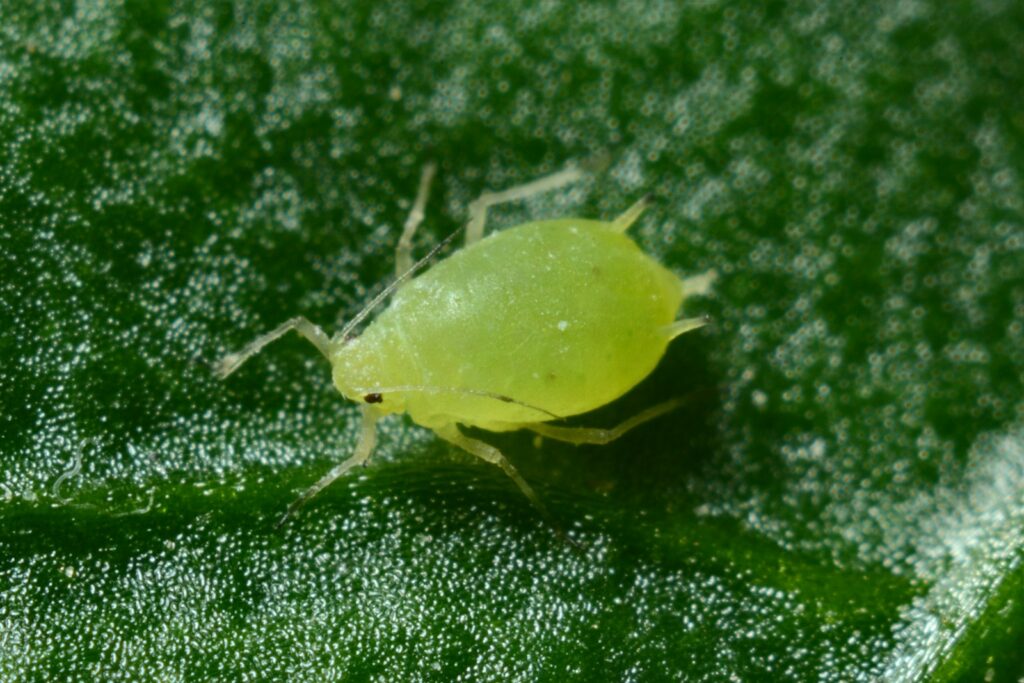
Small but incredibly destructive, aphids are soft-bodied insects that come in various colors including green, black, brown, and pink, depending on the species. These pests use their piercing mouthparts to suck the sap from plant stems and leaves, causing distorted growth, yellowing foliage, and weakened plants. As they feed, aphids excrete a sticky substance called honeydew, which attracts ants and can lead to sooty mold fungus. What makes aphids particularly troublesome is their rapid reproduction—females can give birth to live young without mating, and populations can explode in just days. Natural control methods include strong sprays of water to dislodge colonies, introducing ladybugs or lacewings, and planting trap crops like nasturtiums to draw aphids away from your prized plants.
Praying Mantis: Patient Predators
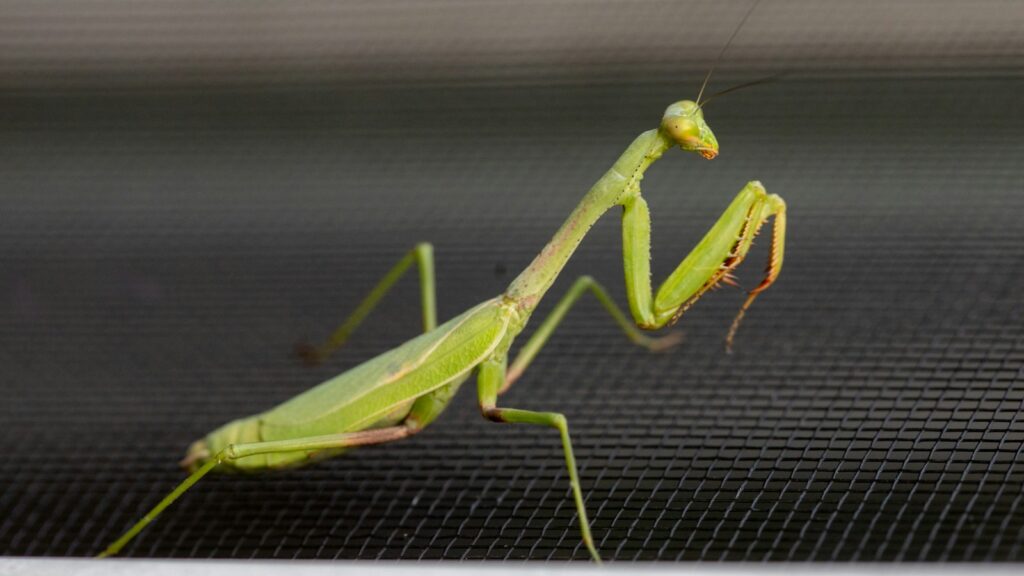
With their triangular heads, bulging eyes, and distinctive prayer-like front legs, praying mantises are among the most recognizable beneficial insects in the garden. These patient hunters can remain motionless for hours before striking with lightning speed to capture prey that includes moths, flies, crickets, grasshoppers, and even other mantises. A single praying mantis can consume dozens of insects each week, including many garden pests. Unlike some beneficial insects that target specific pests, mantises are generalist predators that will eat almost any insect they can catch—including beneficial ones—making them somewhat indiscriminate allies. Gardeners can attract mantises by avoiding broad-spectrum insecticides and providing habitat with diverse plantings that include tall grasses and shrubs where these magnificent predators can hunt and lay their distinctive egg cases.
Japanese Beetles: Beautiful Destroyers

Despite their metallic green and copper beauty, Japanese beetles are among the most destructive garden pests in North America, causing extensive damage to over 300 plant species. These beetles feed on leaves by skeletonizing them—consuming the tissue between the veins and leaving behind a lace-like pattern that’s a telltale sign of their presence. Their life cycle begins when adult females lay eggs in soil during summer; these hatch into grubs that feed on grass roots, causing lawn damage before emerging as adults the following year. Control methods include hand-picking adults in the morning when they’re sluggish, using pheromone traps (positioned away from valued plants), and applying milky spore disease or beneficial nematodes to soil to combat the grub stage. Timing is crucial when fighting Japanese beetles, as early intervention can prevent their population from exploding during the growing season.
Honeybees: Essential Pollinators

Often misunderstood as garden pests, honeybees are actually among the most valuable insects in any garden, responsible for pollinating approximately one-third of the food we eat. These social insects display distinctive amber-colored bodies with darker striping and are generally non-aggressive when foraging among flowers. Unlike wasps, honeybees have hairy bodies that efficiently collect and transfer pollen between blooms, making them crucial for fruit development in many crops including apples, strawberries, and cucumbers. A single honeybee colony can pollinate up to 300 million flowers each day, highlighting their enormous ecological importance. Gardeners can support honeybees by planting diverse flowering plants that bloom throughout the growing season, providing shallow water sources, and strictly avoiding pesticide use when plants are flowering.
Tomato Hornworms: Green Giants

Despite their intimidating appearance, tomato hornworms are not dangerous to humans, but they can devastate tomato plants and their relatives with astonishing speed. These large, bright green caterpillars—which can grow up to four inches long—feature distinctive white diagonal stripes and a horn-like protrusion on their rear end. A single hornworm can strip a tomato plant’s foliage overnight, leaving behind bare stems and damaged fruit. They’re masters of camouflage, perfectly matching the green of tomato foliage, making detection challenging until significant damage occurs. Natural control methods include handpicking, encouraging parasitic wasps (which lay eggs on hornworms, creating visible white cocoons on the caterpillar’s back), and using Bacillus thuringiensis (Bt), a natural bacterium that specifically targets caterpillars without harming beneficial insects.
Lacewings: Delicate Aphid Destroyers
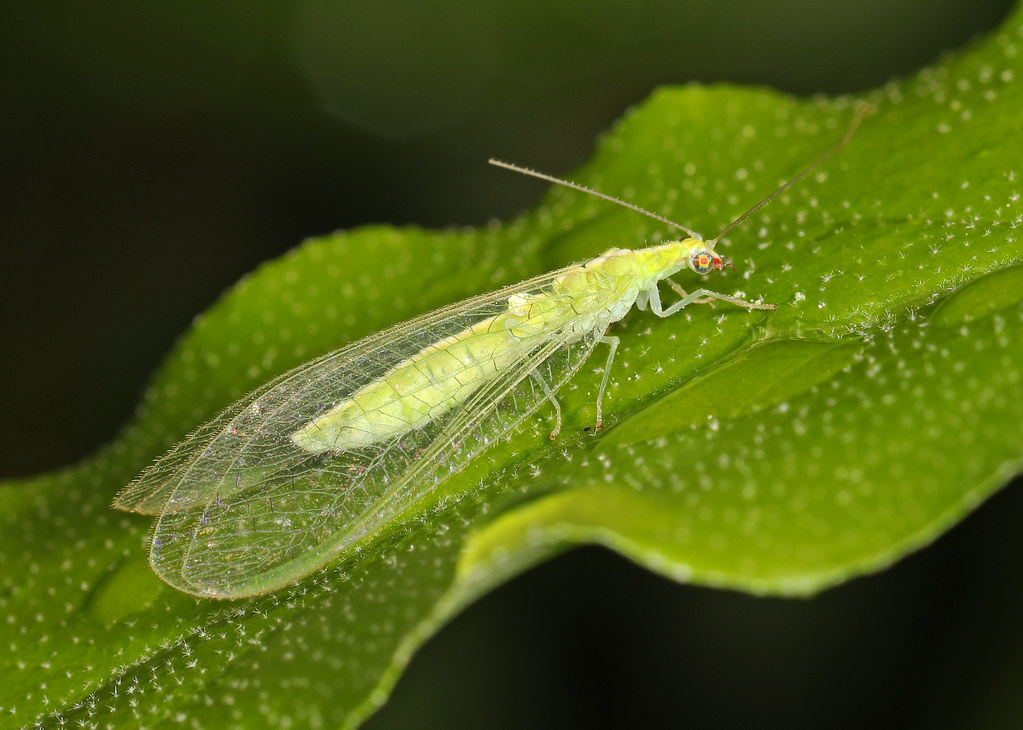
With their delicate, transparent wings and slender green or brown bodies, adult lacewings might look fragile, but they’re powerful allies in garden pest management. While adult lacewings primarily feed on nectar, pollen, and honeydew, it’s their larvae—often called “aphid lions”—that earn their beneficial status through their voracious appetite for pests. These unusual-looking larvae, which resemble tiny alligators with curved mandibles, can consume 200 or more aphids, mites, thrips, or whiteflies per week during their two to three-week development period. Some lacewing species even carry the carcasses of their prey on their backs as camouflage, creating a macabre disguise as they hunt. To attract these beneficial insects, plant flowers with small nectar-producing blooms like dill, cosmos, and sweet alyssum, and avoid broad-spectrum insecticides that would eliminate both pests and their natural predators.
Squash Bugs: The Vine Killers

Squash bugs are notorious pests that target members of the cucurbit family, including squash, pumpkins, cucumbers, and melons, earning them their well-deserved reputation as “vine killers.” These shield-shaped insects are brownish-black with flat backs and distinctive orange or yellow stripes along the edges of their abdomens, making them relatively easy to identify. They damage plants by inserting their piercing mouthparts into stems and leaves, sucking out plant juices and injecting a toxin that causes wilting, blackening, and eventual death of the affected tissue. Squash bugs are particularly challenging to control because adults are resistant to many insecticides, and they often hide in plant debris or soil cracks. Prevention strategies include crop rotation, using row covers until flowering begins, destroying plant debris after harvest, and diligently hand-picking adults and their distinctive bronze-colored egg clusters from the undersides of leaves before populations establish.
Ground Beetles: Nocturnal Hunters
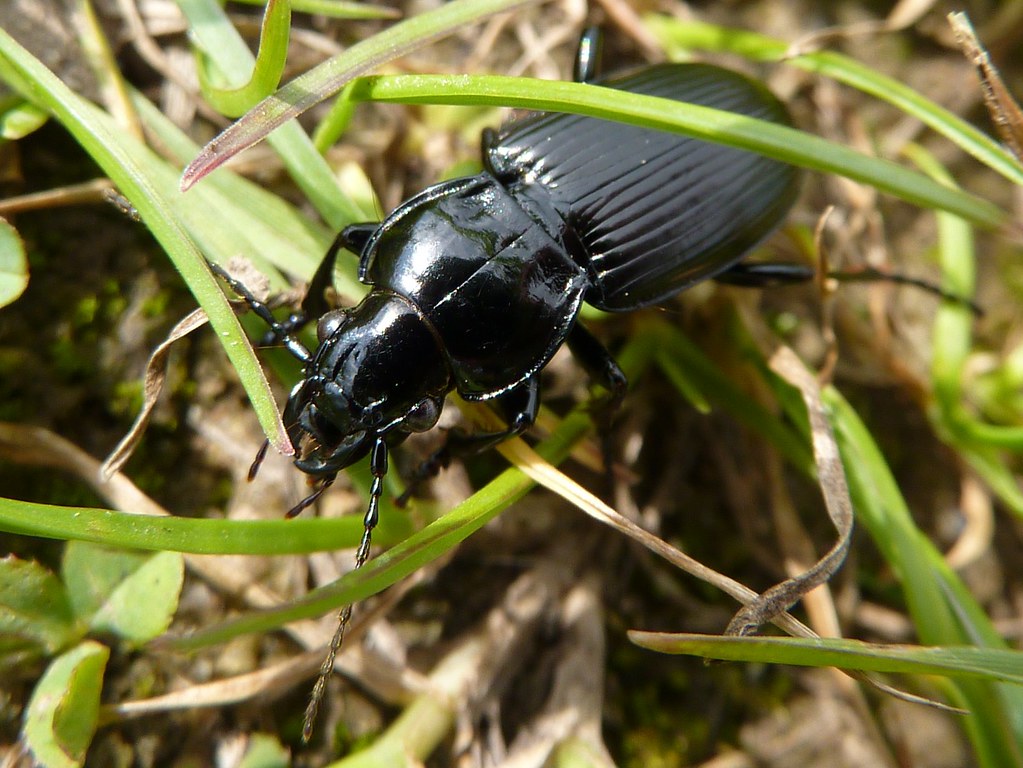
Ground beetles comprise a large family of generally beneficial insects that patrol garden soil after dark, hunting for pest insects, slugs, snails, and even weed seeds. Most species are shiny black or metallic blue-black with ridged wing covers and long legs that allow them to move quickly across the soil surface. While they occasionally climb plants to hunt, ground beetles primarily operate at soil level, where they can consume their own weight in prey each day. Many ground beetle species live for several years, providing long-term pest control services to gardeners who recognize their value. Creating beetle-friendly habitat is simple: minimize soil disturbance, provide ground cover with mulch or low-growing plants, and incorporate permanent perennial areas in your garden where these beneficial insects can overwinter safely. Because they’re primarily nocturnal, many gardeners never see these helpful allies, but evidence of their work appears in reduced populations of soil-dwelling pests.
Cabbage White Butterflies: Deceptively Damaging
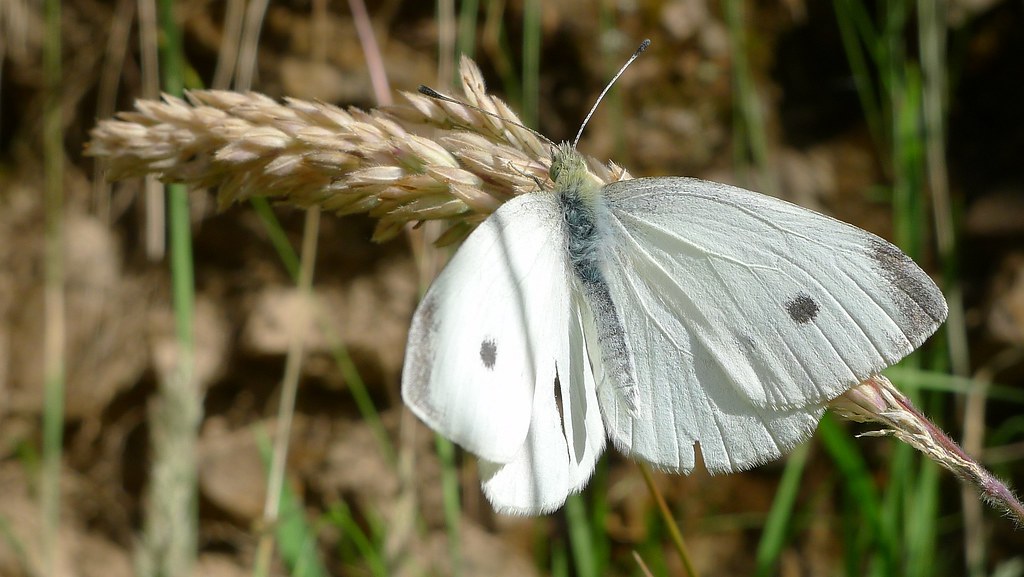
Despite their innocent appearance and delicate beauty, cabbage white butterflies are responsible for significant damage to brassica crops including cabbage, broccoli, cauliflower, and kale. The butterflies themselves—white with black spots on their wings—are harmless nectar feeders, but they lay small yellow eggs on the undersides of brassica leaves that hatch into voracious green caterpillars. These camouflaged larvae, often called “cabbage worms,” blend almost perfectly with their host plants while creating large, irregular holes in leaves and contaminating harvests with their presence and frass (excrement). Prevention methods include covering susceptible crops with floating row covers, inspecting plants regularly for eggs and young caterpillars, planting trap crops like nasturtiums to draw butterflies away from valuable crops, and using Bacillus thuringiensis (Bt) treatments when necessary for severe infestations.
Parasitic Wasps: Microscopic Mercenaries
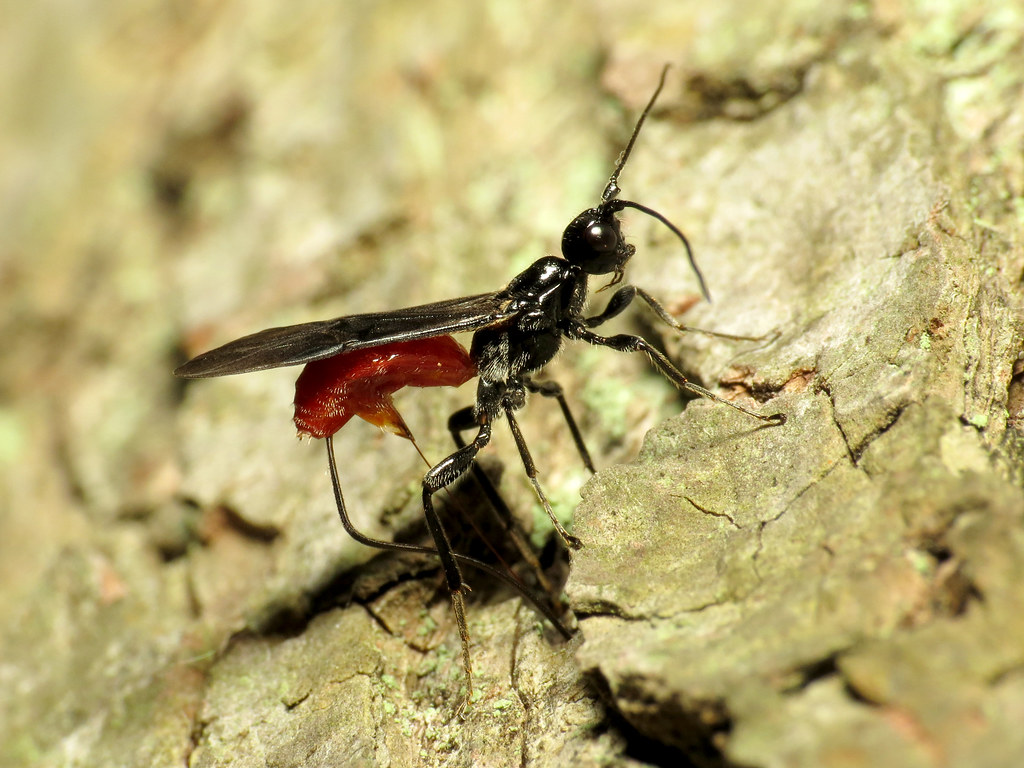
Unlike their larger, more visible relatives, parasitic wasps are typically tiny, non-stinging insects that perform invaluable pest control services in the garden by targeting specific pest species. These specialized predators lay their eggs inside or on host insects, including aphids, caterpillars, scales, and whiteflies; as the wasp larvae develop, they consume the host from within, eventually killing it. Different species of parasitic wasps target different pests—some specialize in aphids, others in caterpillars or beetle larvae—making them precision weapons in the gardener’s pest management arsenal. Evidence of parasitic wasp activity includes “mummified” aphids (brown, swollen aphid bodies) and caterpillars with small white cocoons on their backs, both signs that these beneficial insects are at work. To attract these microscopic allies, grow flowering plants with small blooms like sweet alyssum, dill, cilantro, and buckwheat, which provide the nectar adult wasps need to fuel their hunting activities.
Spider Mites: The Invisible Threat
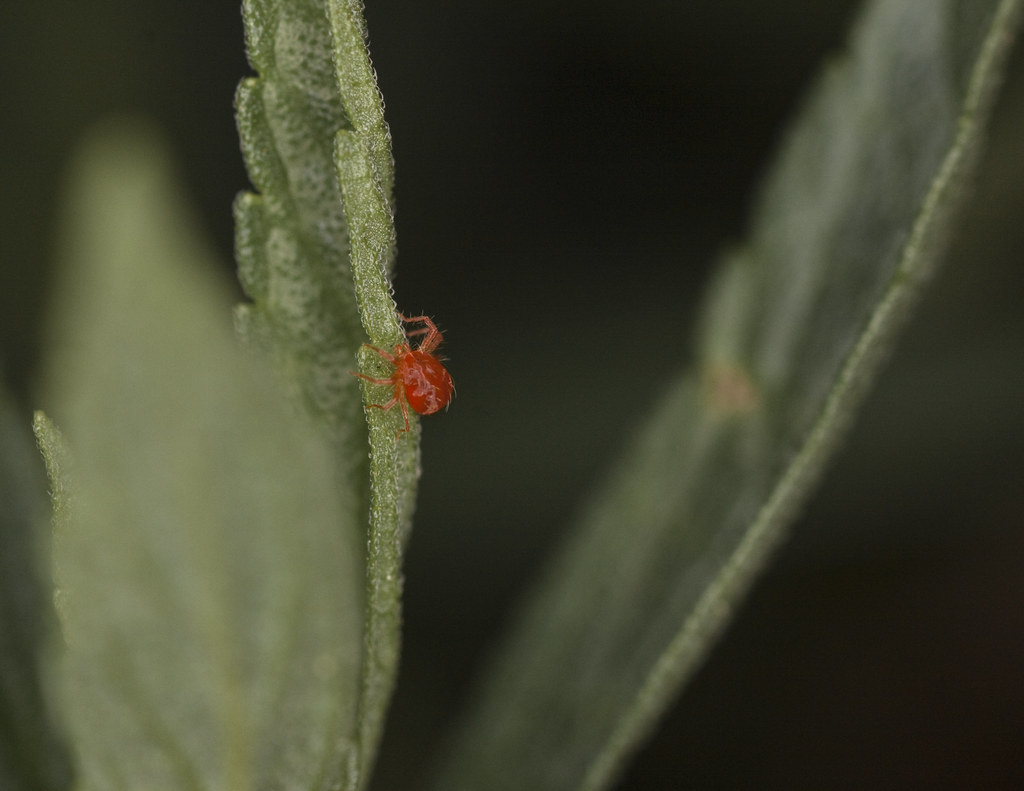
Among the smallest pests gardeners face, spider mites measure less than 1/50th of an inch long, making them nearly invisible to the naked eye until populations reach damaging levels. These eight-legged arachnids (not insects) feed by piercing plant cells and sucking out the contents, causing stippled yellowing on leaf surfaces that eventually progresses to bronzing, withering, and leaf drop. In severe infestations, plants develop characteristic fine webbing that gives these pests their common name. Spider mites thrive in hot, dry conditions, reproducing rapidly with a complete life cycle in as little as one week, which allows populations to explode during summer heat waves. Their minute size and rapid reproduction make spider mites particularly challenging to control once established, but preventive measures include regular strong sprays of water to dislodge colonies, maintaining proper plant hydration, introducing predatory mites, and applying insecticidal soaps or horticultural oils at the first sign of infestation.
Earthworms: Underground Engineers
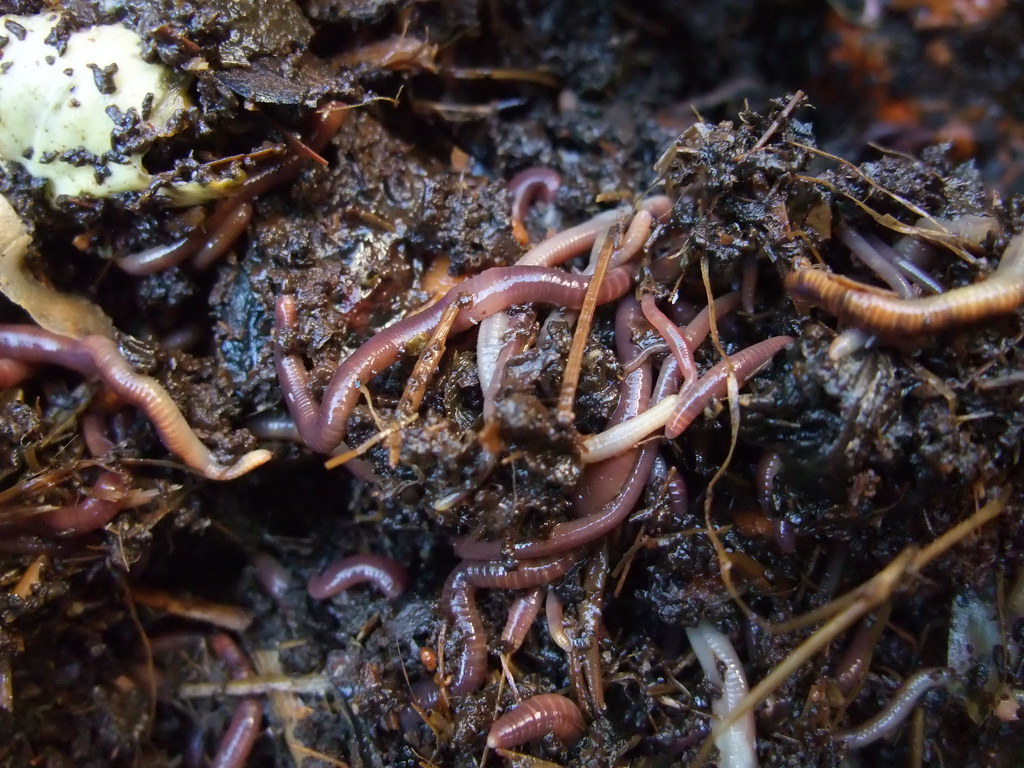
While not insects, earthworms deserve special mention as perhaps the gardener’s most valuable soil-dwelling allies, performing crucial ecosystem services that improve soil health and plant productivity. These segmented invertebrates tunnel through soil, creating channels that enhance aeration, water infiltration, and root penetration while their castings (worm manure) contain nutrients in forms readily available to plants. A healthy population of earthworms can process up to 20 tons of soil per acre annually, gradually improving soil structure and fertility with every burrow and casting. Earthworm activity increases organic matter breakdown, accelerates nutrient cycling, and even helps suppress certain soil-borne diseases through the action of beneficial microorganisms in their digestive systems. Gardeners can support earthworm populations by minimizing soil disturbance (especially rototilling), maintaining constant soil moisture through mulching, adding organic matter regularly, and avoiding chemical fertilizers and pesticides that can harm these valuable soil engineers.
Tarnished Plant Bugs: The Sneaky Flower Feeders

Tarnished plant bugs are oval-shaped, mottled brown insects about 1/4 inch long that cause surprisingly significant damage despite their unassuming appearance. These highly mobile pests feed on plant sap using piercing-sucking mouthparts, particularly targeting flower buds, developing fruits, and tender growing tips on a wide range of garden plants. Their feeding causes distinctive symptoms including dimpled or catfaced fruit, blossom drop, and deformed growth called “crazy top” where multiple shoots develop after the growing point is damaged. What makes tarnished plant bugs particularly challenging is their extreme mobility—they can quickly fly away when disturbed—and their broad host range of over 300 plant species, allowing them to move between crops throughout the growing season. Management approaches include removing weedy host plants like pigweed and fleabane from garden edges, using floating row covers during bud development, and timing plantings to avoid peak pest activity in early to midsummer.
Conclusion
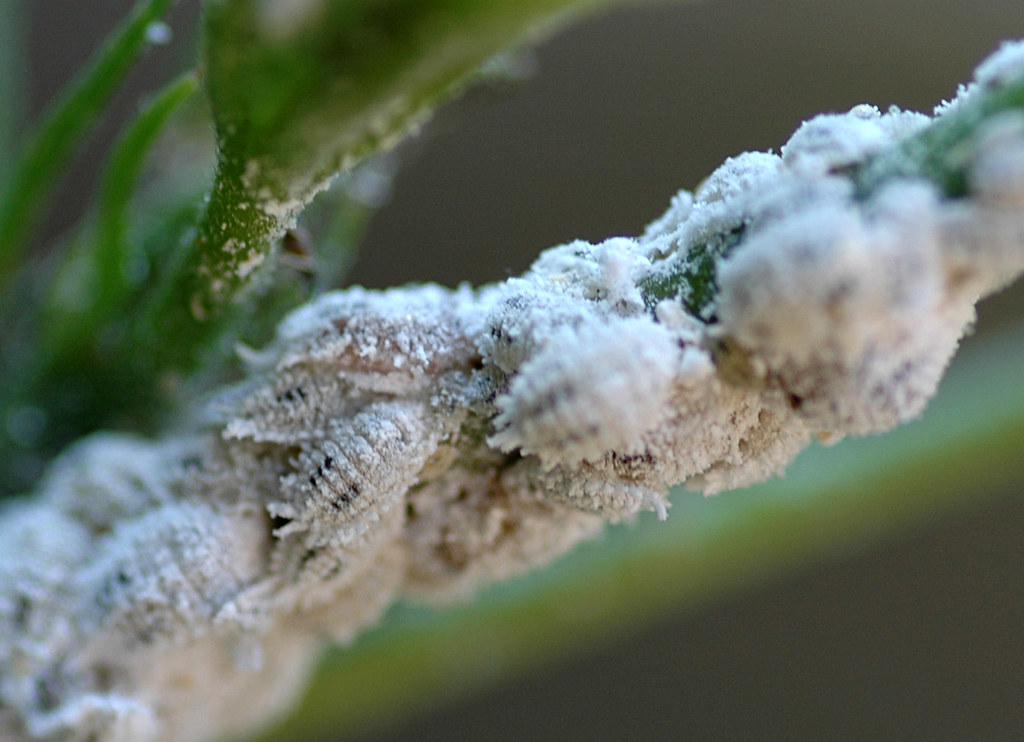
As you cultivate your garden, remember that balance is key. A perfect garden isn’t one free of all insects, but rather one where beneficial species help keep pest populations in check. By learning to identify these common garden friends and foes, you can make informed decisions about when intervention is necessary and which methods will be most effective while preserving the helpful insects that support your garden’s health. Whether you’re hand-picking Japanese beetles, creating habitat for ground beetles, or planting flowers to attract parasitic wasps, your understanding of garden insects transforms you from a mere grower of plants into a steward of a complex and fascinating ecosystem. With time and observation, you’ll develop an intuitive sense of which six-legged visitors are welcome in your garden paradise and which require your attention before they upset the delicate balance you’ve worked so hard to create.

